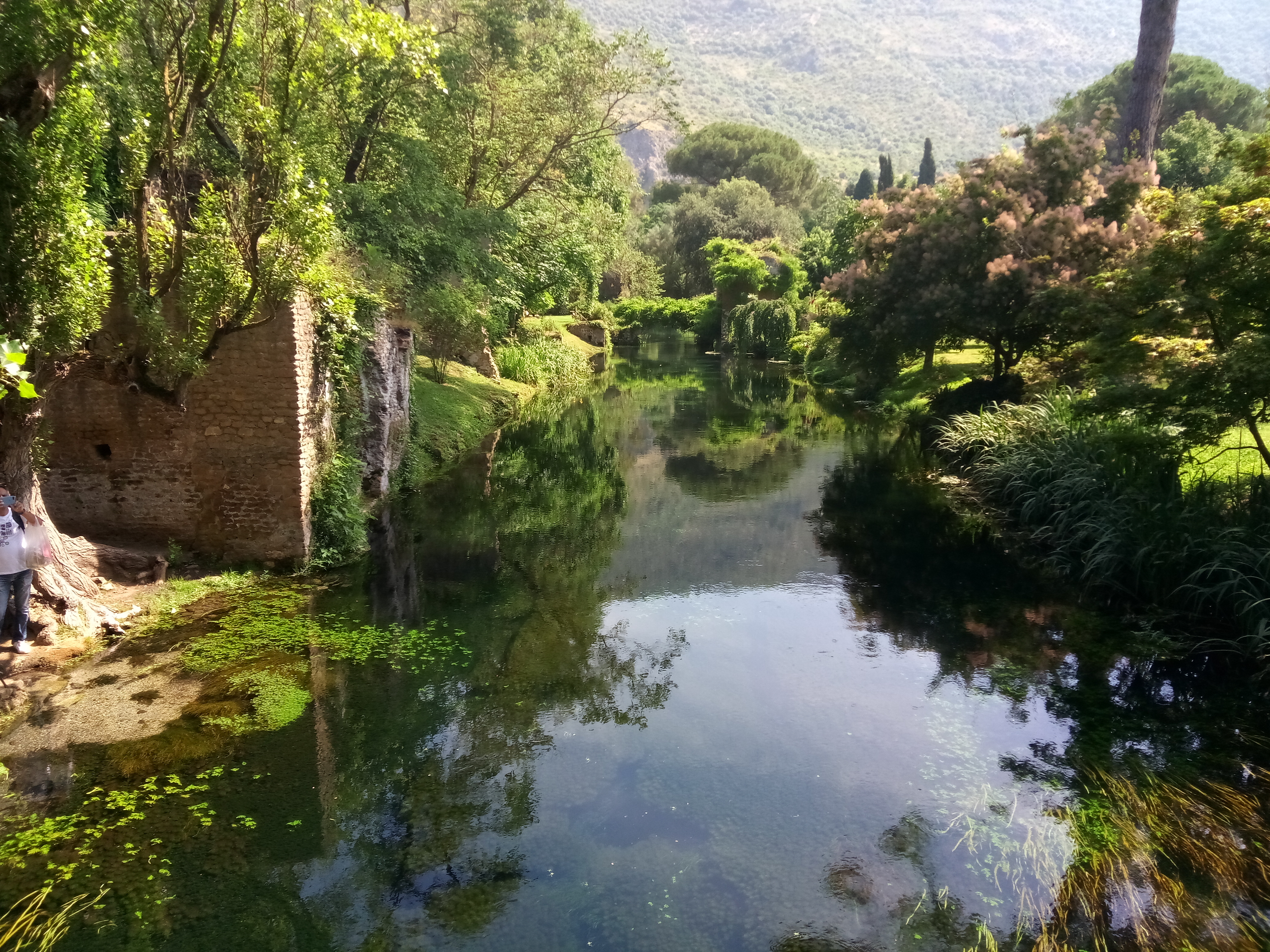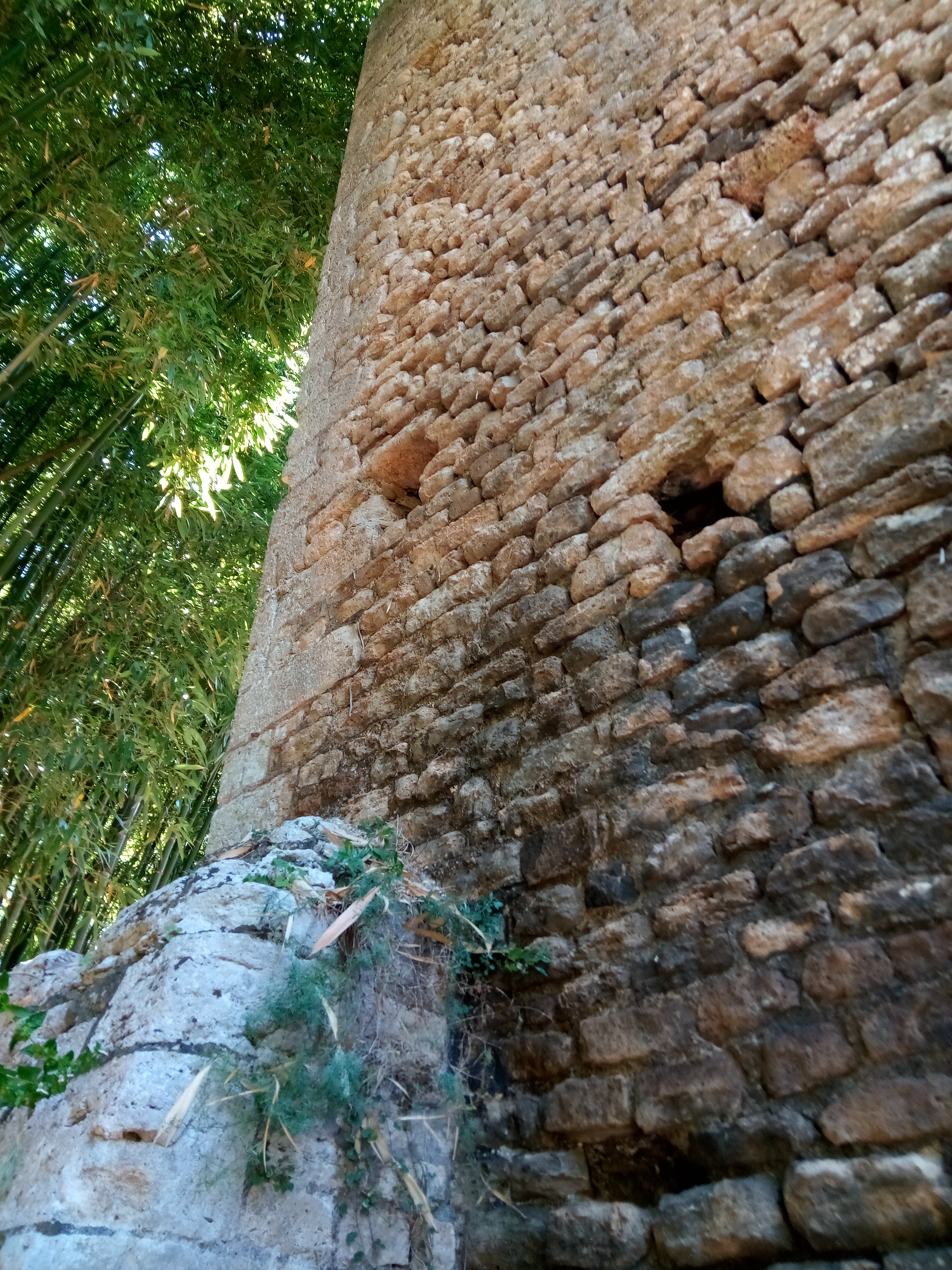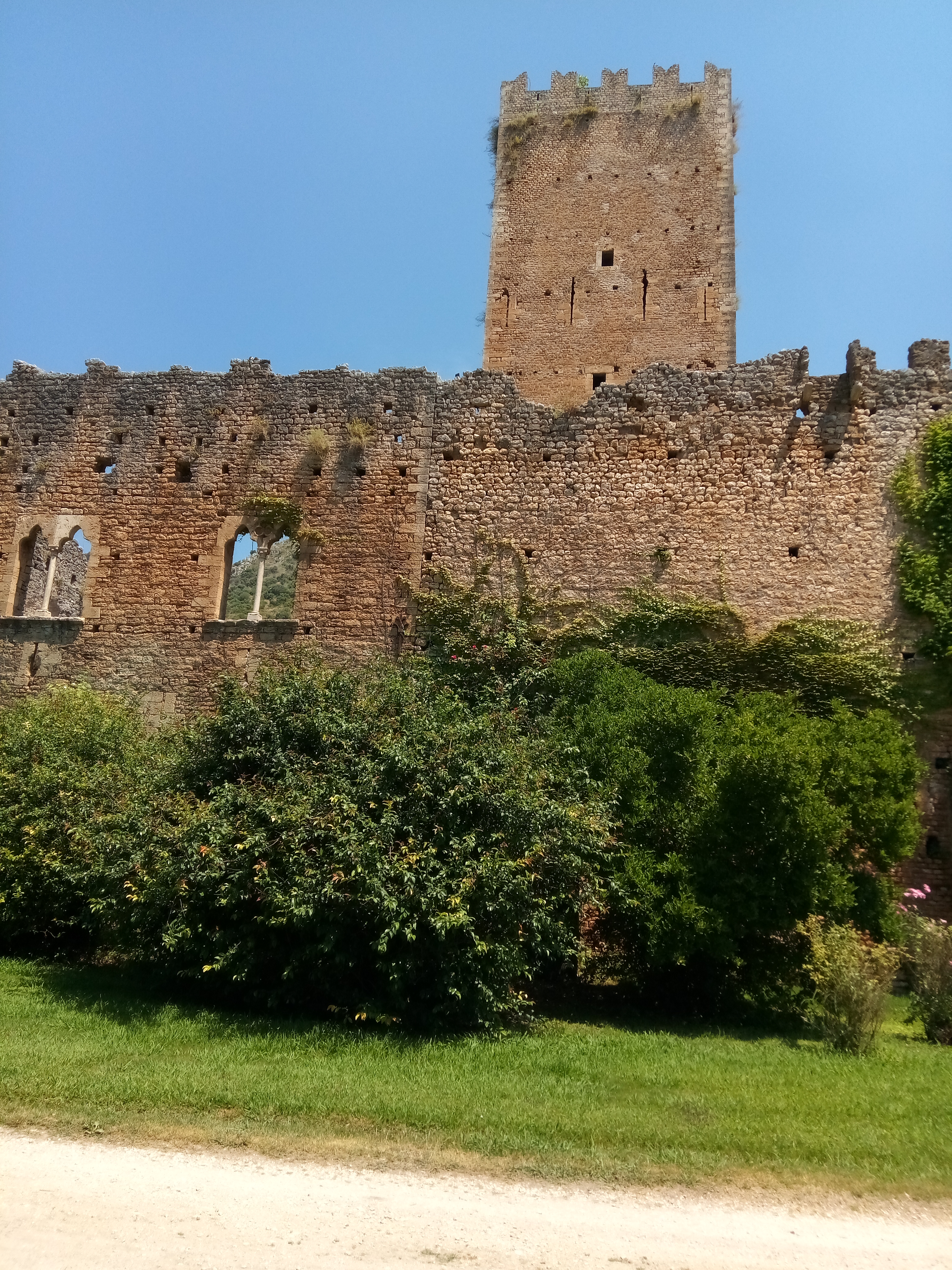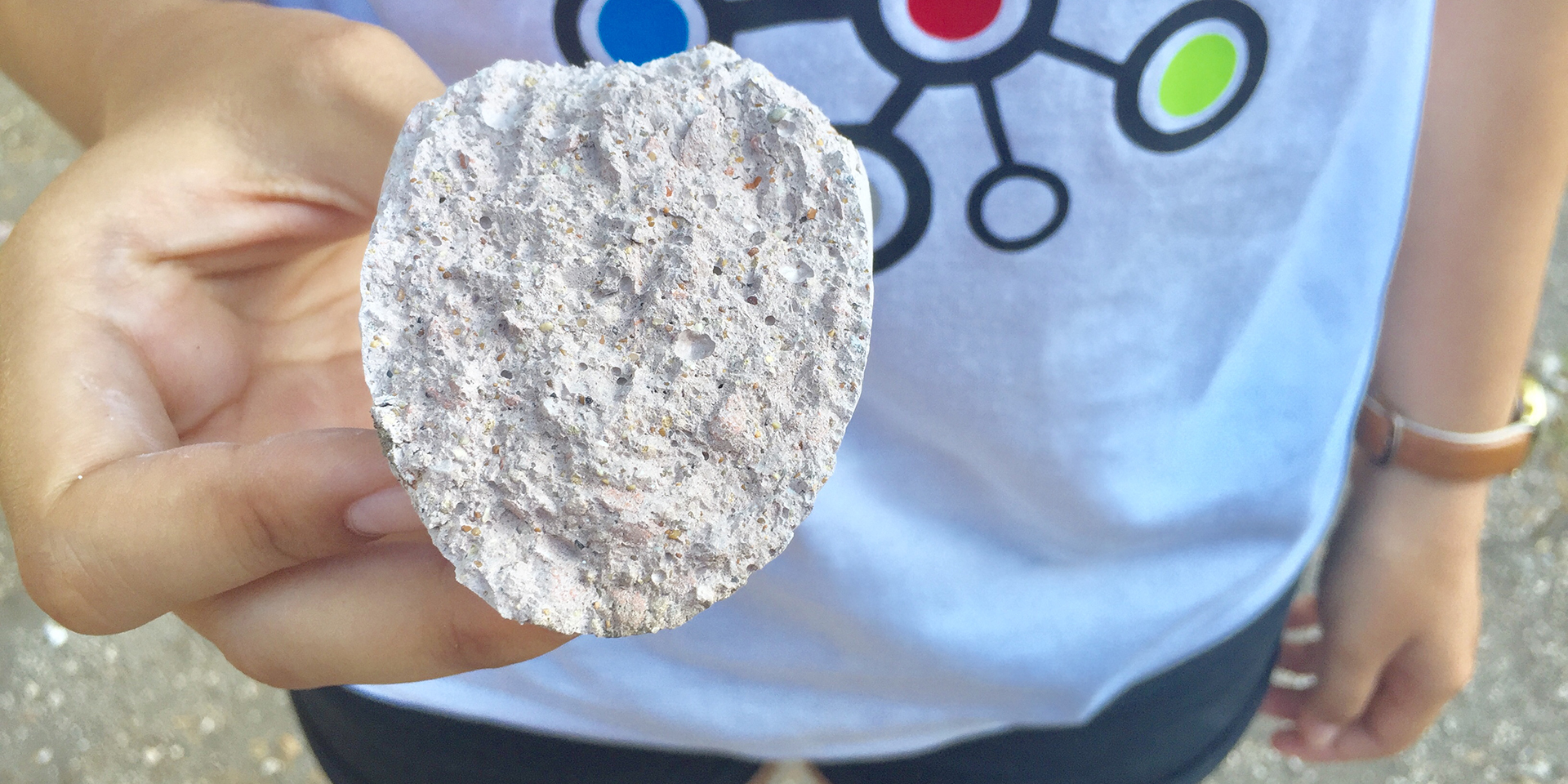ONE-MA3: Photogrammetry

By Maritza Gallegos ’22
Our team of students and restorers was lucky enough to get to work in the beautiful Gardens of Ninfa, a juxtaposition of long abandoned ruins and living plants. It is one of the most charming, magical places I have ever been. Professor Masic tells us there is a careful balance to maintaining the ruins while keeping the plants alive due to the water that is detrimental to the ruins, yet necessary to keep the gardens thriving. This is why restoration work is particularly important here.

The Gardens of Ninfa
Our main task at the Garden of Ninfa was to photograph believe it or not, this is called photogrammetry. We then will stitch together hundreds of photographs with software to create a 3D model of the castle on the property. Many of these photos are taken by a programmable drone, which flies above the castle along pre-determined paths and then lands manually. Both the programmed path and the manual landing are to ensure the safety of the drone, the ruins, and the creatures around the ruins by minimizing the chance of collision.

One of the ruins in the Gardens of Ninfa
However, it is also necessary to take photos from the ground level so we will have multiple viewpoints to make the 3D model more accurate. This meant there were teams of us students taking hundreds of pictures on our phones- so many (273 in my case) that I got a low storage warning twice while photographing and deleted some apps. To be usable, the pictures must overlap so that the software we use can piece them together like a puzzle. The more pictures there are, the more detailed the 3D model will be.

An ancient castle
It was very interesting to see the ways in which archaeology utilizes new technologies. Before this trip, I still saw archaeology as a bit “Indiana Jones-ish” or as incredibly tedious excavation work. In practice, archaeology has taken full advantage of the latest technologies, resulting in our team looking more like overly excited tourists than what I had imagined traditional archaeologists looking like. If we managed to get enough pictures for a good model, it may be used to aid in projects to preserve the castle or to make a piece of the Garden of Ninfa accessible to those unable to be physically present. There is even work being done to access the model made with the photogrammetry data from a QR code and to print these QR codes on postcards. But likely the most important part of this work is the preservation of ancient frescoes on the walls of the ruins, which are quickly degrading due to the water necessary to maintain the garden, and the passage of time.
Share on Bluesky


